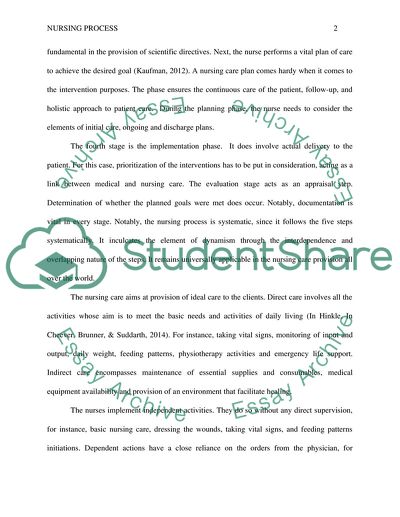Cite this document
(“Nursing Process Assignment Example | Topics and Well Written Essays - 2250 words”, n.d.)
Nursing Process Assignment Example | Topics and Well Written Essays - 2250 words. Retrieved from https://studentshare.org/nursing/1700549-nursing-process
Nursing Process Assignment Example | Topics and Well Written Essays - 2250 words. Retrieved from https://studentshare.org/nursing/1700549-nursing-process
(Nursing Process Assignment Example | Topics and Well Written Essays - 2250 Words)
Nursing Process Assignment Example | Topics and Well Written Essays - 2250 Words. https://studentshare.org/nursing/1700549-nursing-process.
Nursing Process Assignment Example | Topics and Well Written Essays - 2250 Words. https://studentshare.org/nursing/1700549-nursing-process.
“Nursing Process Assignment Example | Topics and Well Written Essays - 2250 Words”, n.d. https://studentshare.org/nursing/1700549-nursing-process.


